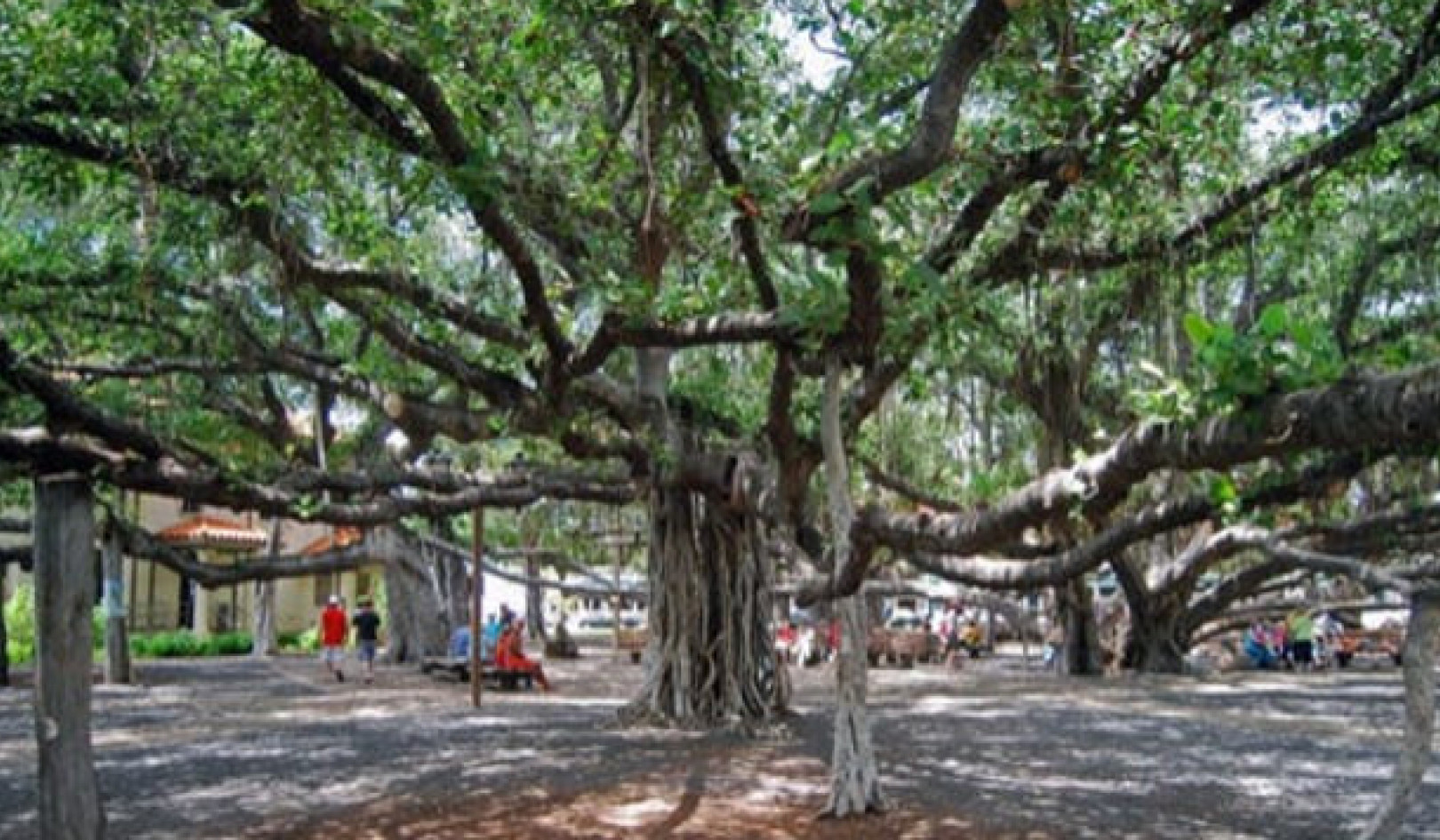
Monks pray at Nanshan Temple in Sanya, Hainan Province of China. Chen Wenwu/VCG via Getty Images
Many people in the West interpret Buddhism as a path of meditation leading to enlightenment.
What many may not know is that this interpretation differs vastly from its practice in East Asia.
I have spent many years observing Buddhist temples in Taiwan and mainland China, and my research culminated in the book “Chinese Pure Land Buddhism.” This form of Buddhism teaches people to call upon a buddha named Amit?bha in the expectation that when they die he will take them to his pure buddha-land, an ideal place to pursue the practices that will lead them to become buddhas, or fully enlightened and liberated beings.
This form of practice – central to Pure Land Buddhism – arose from Mahayana Buddhism, a branch of Buddhism that emerged in the first to sixth centuries A.D.
Buddhism in China
One of the innovative teachings of Mahayana Buddhism was that the cosmos is inhabited by millions of buddhas, not just the historical founder of the religion. Since all these buddhas had to reside somewhere, and their environments had to be as pure as they were, it followed that there are many buddha-lands.
Pure Land Buddhism taught that the pure land of Amit?bha was accessible to regular people after they died. Prior to the development of Pure Land Buddhism, the only way to enlightenment lay through an arduous path of study and practice that was out of reach for most people.
In China, the Pure Land teaching made the prospect of liberation from suffering and the attainment of buddhahood feasible for ordinary people. While Pure Land Buddhism spread and became dominant in other East Asian countries, China is the land of its birth.
The theory of karma
Buddhists believe that all living beings are stuck in an endless loop of birth and rebirth and the good or bad fortune they experience results from karma. Karma is a moral force created by the deeds one does: Virtuous deeds give one better fortune, while evil or even just ignorant deeds bring misfortune.
Karma is said to determine the future life in terms of gender, intelligence and other personal attributes as well as one’s environment.

The Shaolin Temple in Henan Province of China. Ren Hongbing/VCG via Getty Images
As a buddha is believed to have completely purified his karma, his body and mind are free of all defects and the land he inhabits is perfect. Several Buddhist scriptures describe “buddha-lands” as paradises with no moral evil and free of all taints.
Many Buddhists hope for birth in a buddha-land so they can complete their path under a buddha’s direct supervision.
The founding story
According to the Sutra, or scripture, on the Buddha of Infinite Life from no later than the third century, a monk named Dharm?kara resolved to become a buddha. After much study and deliberation, he made 48 vows that detailed what kind of buddha he would be and what his buddha-land would look like.
Most of these vows laid out a scene familiar to believers: As a buddha, he would be powerful, wise and compassionate. His land would be magnificent, and the beings who shared it with him would be so accomplished that they would already have many of the powers and attributes of a buddha. These included perfect eloquence and the ability to see and hear from great distances.
But among the vows recorded in the S?tra, it was the 18th that changed everything. This vow stipulated that anyone who merely brought him to mind before death would be reborn in his buddha-land:
“If, when I attain buddhahood, sentient beings in the lands of the ten directions who sincerely and joyfully entrust themselves to me, desire to be born in my land, and think of me even ten times,” Dharm?kara is quoted as saying.
The fact that he realized his goal and became the buddha named Amit?bha meant that the vow became reality. However, the term “ten times” referring to thoughts of Amitabha was vague. Another scripture, the Sutra on the Visualization of the Buddha of Infinite Life, clarified that one had only to say this buddha’s name ten times.
In addition, Dharm?kara had also said that those who “commit the five grave offenses and abuse the Right Dharma” would be excluded. This Sutra eliminated such restrictions. The two scriptures allowed ordinary Buddhists to aspire to a rebirth in this Pure Land.
Pure Land in China
Buddhism entered China around 2,000 years ago and developed a following slowly as scriptures became available in translation and missionaries learned to communicate their message.
The story of Dharm?kara’s vows proved especially popular. The S?tra on the Buddha of Infinite Life was translated into Chinese several times, and scholar-monks lectured and commented on the Pure Land s?tras.
Monks and nuns chanted the Amit?bha S?tra during their daily devotions. This s?tra, along with the two already mentioned, became the “Three Pure Land S?tras” that anchored the emerging tradition.
The earlier Chinese commentators on these s?tras held that one needed great stores of good karma from the past to even hear of these teachings. They also preached that if one’s mind was not purified through prior practice, then one could not see the Pure Land in all its splendor.
Striving for buddhahood
In the sixth and seventh centuries, three monks named Tanluan, Daochuo and especially Shandao provided new interpretations and practices that gave the ordinary believer complete access to the Pure Land without them needing to earn or deserve it.
First, they said that rebirth in the Pure Land is an “easy path” compared to the “difficult path” of traditional Buddhist practice.
Second, that the Buddha Amit?bha helps the practitioner by adding his “other-power” to the believer’s “self-power.” In other words, the buddha’s power assisted the believer directly and brought him or her to the Pure Land. “Self-power,” or the believer’s own effort, might have beneficial effects but it was not enough for liberation. The addition of the buddha’s power guaranteed liberation at the end of this life.
Third, they defined the main practice as calling Amit?bha’s name aloud. In the original texts it was not clear whether the practice consisted of difficult meditations or oral invocation, but they made it clear that just repeating “Hail to Amitaqbha Buddha” would cause the buddha to transport one to the Pure Land.
The Pure Land was not a final destination, like heaven in Christianity. The point of rebirth there was to be in the perfect environment for becoming a buddha. One would still need to strive toward buddhahood, but one’s own power with that of Amit?bha would guarantee the final result.
Think about being on an escalator. If one cannot walk at all, it will carry one to the top, but if one can walk even a little, one’s speed will combine with the motion of the escalator to get one there more quickly.
Chanting Buddha’s name
Pure Land believers may recite “Hail to the Buddha Amit?bha” silently or aloud while counting the repetitions on a rosary; they may participate in group practice at a local Buddhist temple; they may even take part in one-, three- or seven-day retreats that combine recitation with repentance rituals and meditation.
This remains the prevalent form of Buddhist practice in East Asia to this day.
 About the Author
About the Author
Charles B. Jones, Associate Professor of Religion and Culture and Religion and Culture Area Director, Association of Theological Schools.
The Catholic University of America School of Theology and Religious Studies is a member of the Association of Theological Schools. The ATS is a funding partner of The Conversation US.
This article is republished from The Conversation under a Creative Commons license. Read the original article.

Related Books:
Prayer Journal for Women: 52 Week Scripture, Devotional & Guided Prayer Journal
by Shannon Roberts and Paige Tate & Co.
This book offers a guided prayer journal for women, with weekly scripture readings, devotional prompts, and prayer prompts.
Click for more info or to order
Get Out of Your Head: Stopping the Spiral of Toxic Thoughts
by Jennie Allen
This book offers insights and strategies for overcoming negative and toxic thoughts, drawing on biblical principles and personal experiences.
Click for more info or to order
The Bible in 52 Weeks: A Yearlong Bible Study for Women
by Dr. Kimberly D. Moore
This book offers a yearlong Bible study program for women, with weekly readings and reflections, study questions, and prayer prompts.
Click for more info or to order
The Ruthless Elimination of Hurry: How to Stay Emotionally Healthy and Spiritually Alive in the Chaos of the Modern World
by John Mark Comer
This book offers insights and strategies for finding peace and purpose in a busy and chaotic world, drawing on Christian principles and practices.
Click for more info or to order
The Book of Enoch
translated by R.H. Charles
This book offers a new translation of an ancient religious text that was excluded from the Bible, offering insights into the beliefs and practices of early Jewish and Christian communities.
























